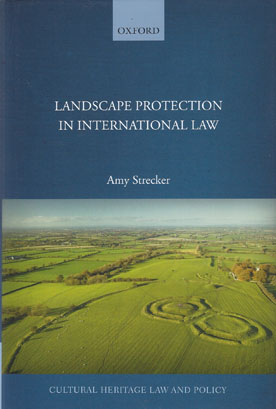
Landscape has gained increasing importance in international law since the introduction of cultural landscapes within the UNESCO World Heritage Convention, and especially since the adoption of the European Landscape Convention in 2000.
Above all, emphasis has shifted to the human dimension of landscape, which includes consideration of public participation in the formulation of landscape plans and policies. The focus is not only on outstanding landscapes, but also on the everyday and degraded landscapes where most people live and work. This brings landscape in greater symbiosis with human rights and spatial justice; yet despite these links, there has been little legal scholarship on the topic.
How does international law, which deals for the most part with universality, deal with something so region-specific and particular as landscape? What is the legal conception of landscape and what are the various roles played by international law in its protection?
Amy Strecker assesses the institutional framework for landscape protection, analyses the interplay between landscape and human rights, and links the etymology and theory of landscape with its articulation in law.